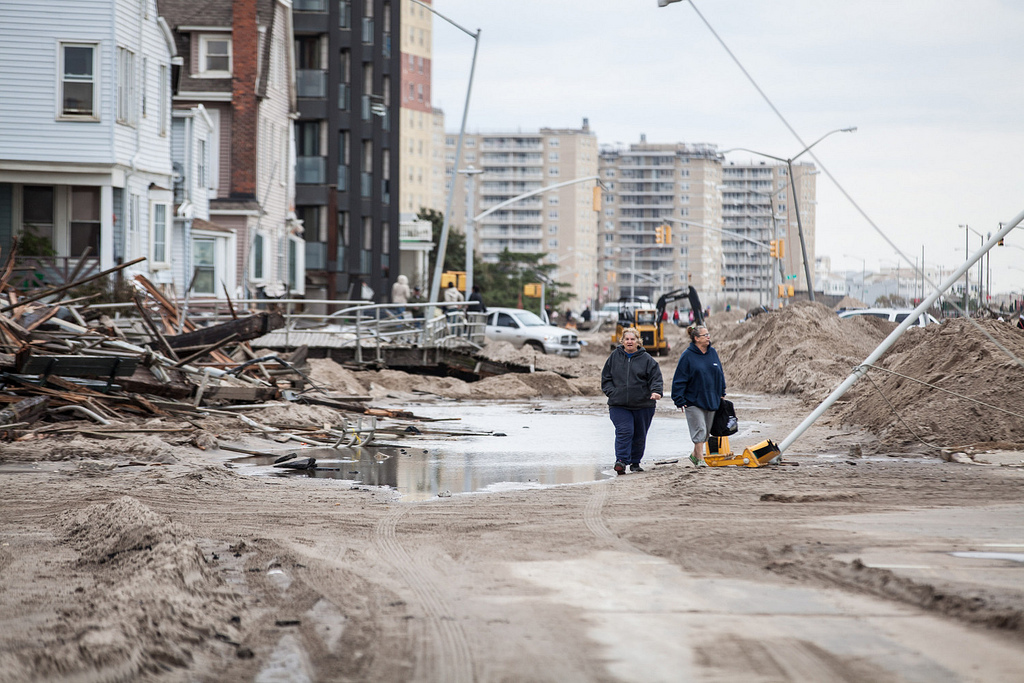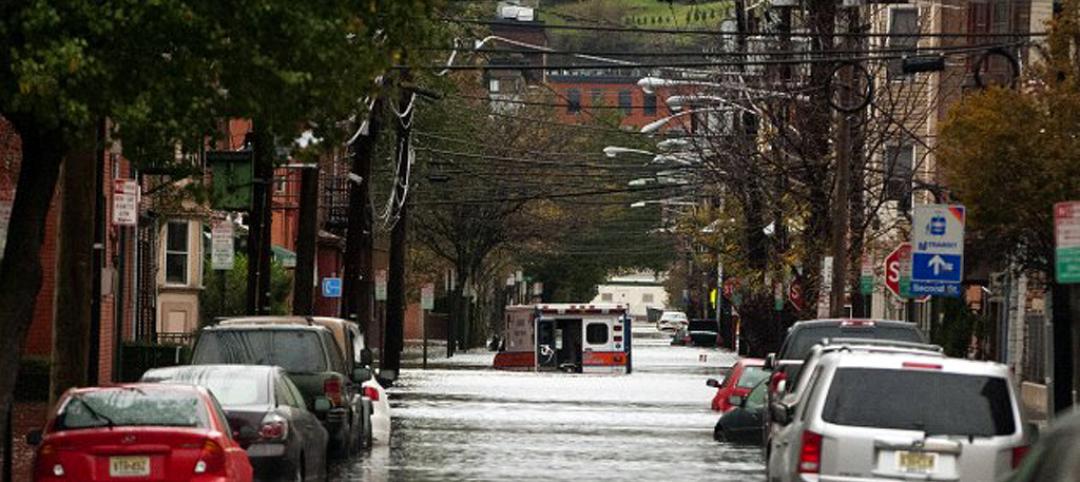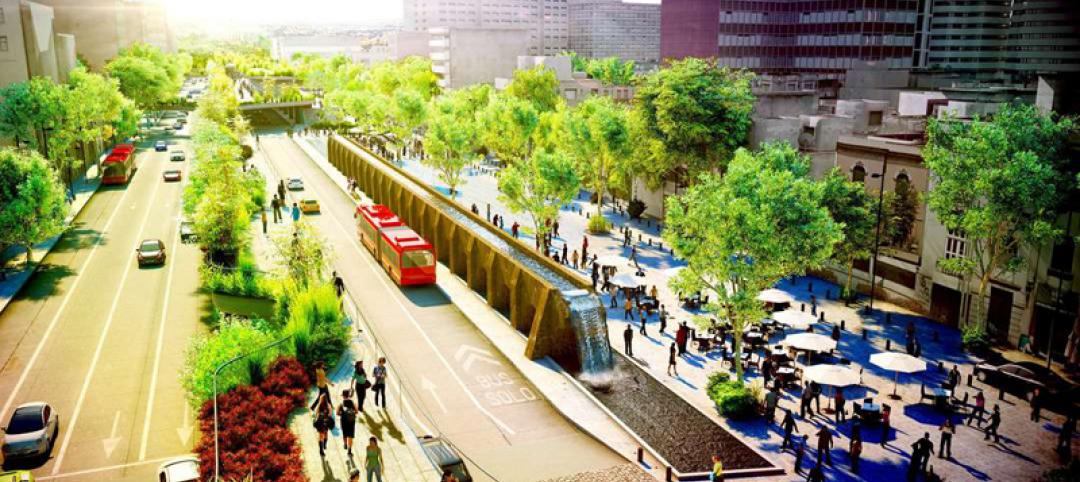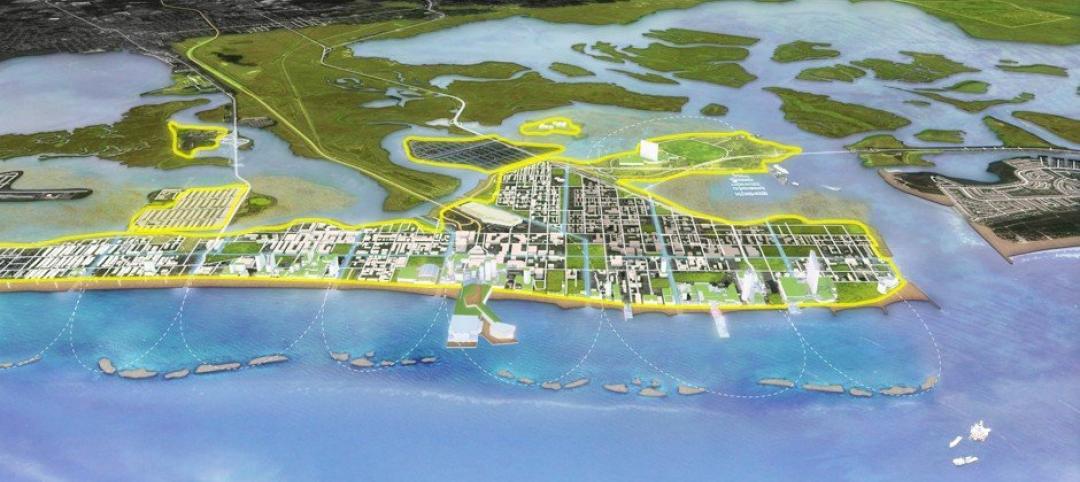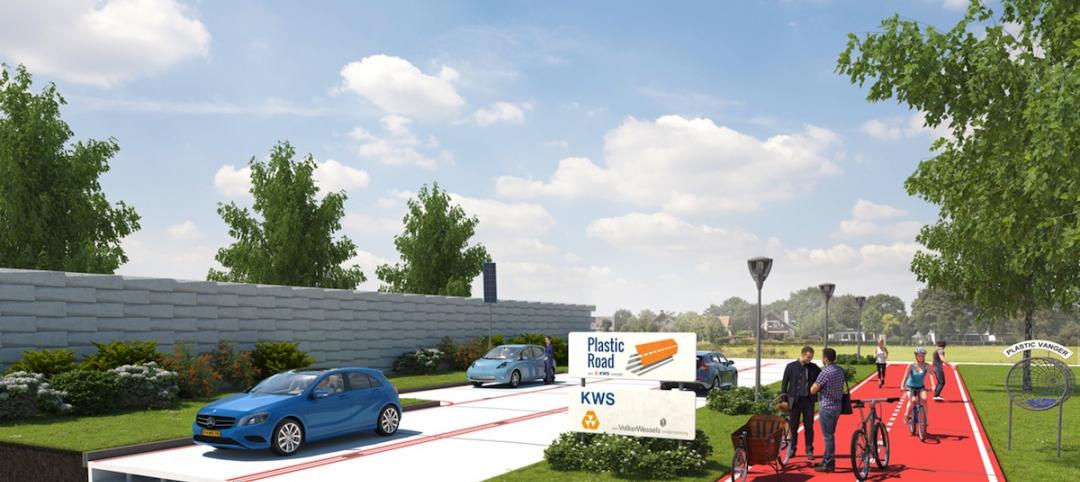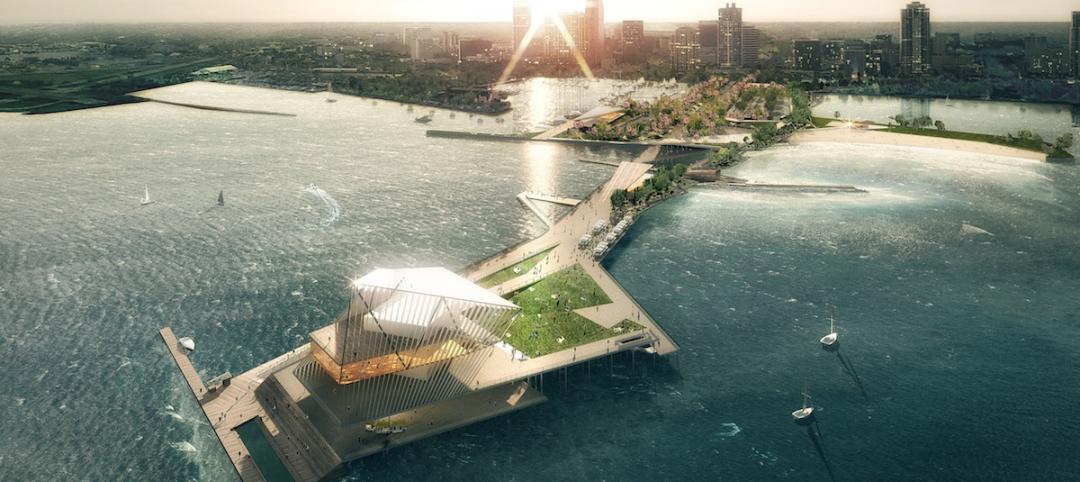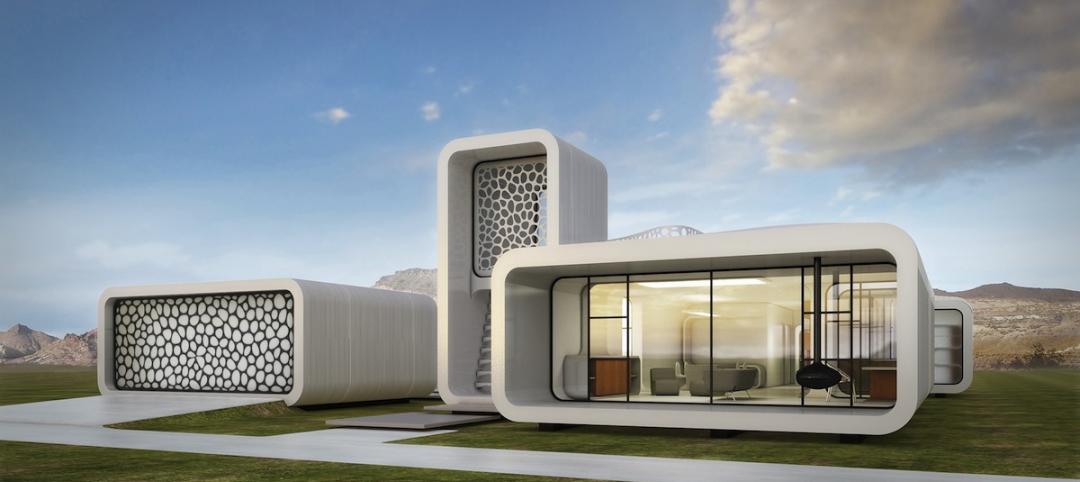The National Institute of Building Sciences has released a new white paper calling for sweeping action to improve the nation’s resilience to natural disasters.
“The current methods to incentivize investment in resilience strategies rely on three primary mechanisms: federal grant programs (with some support from private foundations); insurance premium discounts for implementing measures to reduce vulnerability; and the political will of communities, either in the wake of a disaster or before an event occurs, through the foresight of community champions,” NIBS says. “While these approaches have provided a level of resilience, they have taken the nation only so far.”
The white paper “Developing Pre-Disaster Resilience Based on Public and Private Incentivization” makes the case that the most cost-effective manner to achieve resilience is through a holistic and integrated set of public, private, and hybrid programs based on capturing opportunities available through mortgages and loans; insurance; finance; tax incentives and credits; grants; regulations; and enhanced building codes.
The white paper identifies a number of possible strategies that stakeholders can use, as the next step, to begin developing the public-private incentives to support resilience. With these approaches, the MMC/CFIRE team hopes that in time, promoting and implementing resilience will become part of common business practices, and integral to maintaining and enhancing the nation’s economy.
Related Stories
Smart Buildings | Sep 4, 2015
New York City allots $100 million for storm resiliency infrastructure in lower Manhattan
Part of $20 billion plan for the city.
Smart Buildings | Aug 26, 2015
Under, over, through: Reinventing spaces under elevated infrastructure
Activating the areas beneath elevated highways, rail lines, and freeways can create unique environments, writes SmithGroupJJR's Valerie Berstene.
Smart Buildings | Aug 21, 2015
Federal Alliance for Safe Homes offers plan to strengthen codes for disaster resilience
Some states losing ground on resilience, group says
Cultural Facilities | Aug 19, 2015
Proposed “High Line” in Mexico City pays homage to Aztec aqueduct
Plans for Mexico City’s elevated park include an amphitheatre and al fresco cafés.
Smart Buildings | Aug 5, 2015
8 cities win Bloomberg's 'open data' award
The competition, called "What Works Cities," promotes innovation in city government by making the massive amounts of city operations data more publicly accessible to better improve issues like job creation, public health, and blight.
Smart Buildings | Jul 27, 2015
Perkins+Will imagines new opportunity for Atlantic City
The architecture giant believes it has a solution that could put Atlantic City’s existing infrastructure to good use—by turning the Jersey Shore city into a research center for climate change and coastal resiliency.
Green | Jul 27, 2015
MUST SEE: Dutch company to test using plastic waste for road construction
KWS Infra is piloting a program to make roads from plastic garbage, including bags and bottles extracted from the ocean.
Smart Buildings | Jul 12, 2015
Office of Management and Budget asks agencies to consider climate change when budgeting for construction projects
For the first time, the U.S. Office of Management and Budget is asking agencies to submit budget plans that consider the effects of climate change on construction and maintenance of federal facilities.
Smart Buildings | Jul 9, 2015
St. Petersburg Pier’s dramatic makeover gets green light from city officials
The Pier Park will be a platform for a multitude of smaller and more flexible programs and experiences for tourists and the local community.
BIM and Information Technology | Jul 1, 2015
World’s first fully 3D-printed office to be produced in Dubai
A 20-foot-tall printer will be needed for the project, spewing out construction material consisting of special reinforced concrete, fiber reinforced plastic, and glass fiber reinforced gypsum.


